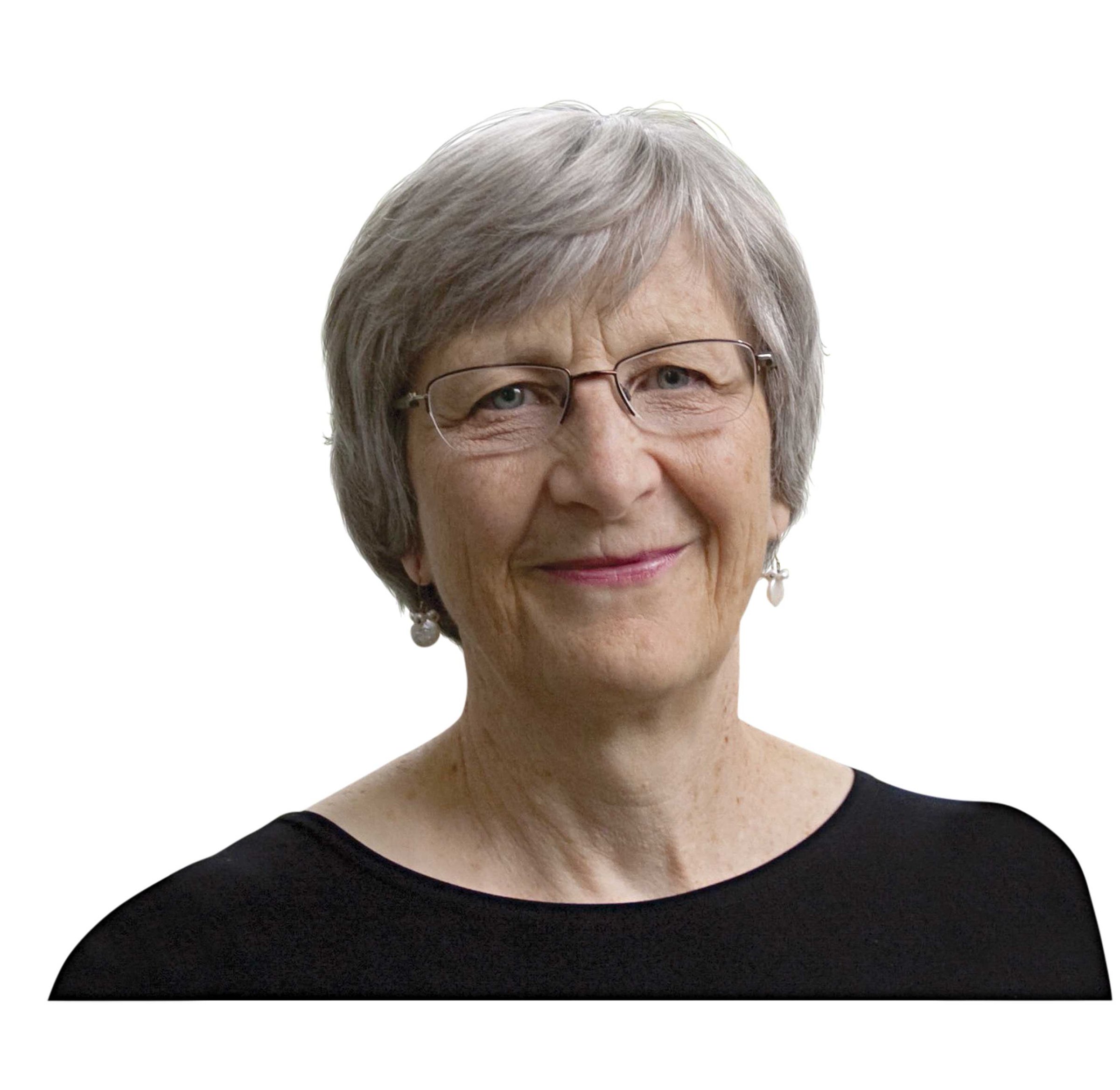
When a group of salt lake city women drew national media coverage in the 1870s for speaking out in support of what they called plural marriage, the idea of polygamy wasn’t the only thing that shocked observers. Some wondered how women who could seem so forward-thinking, women who got the right to vote in Utah decades before suffrage arrived nationally, could defend the practice. Plural marriage and women’s rights seemed contradictory then, and may still seem so today. But with the help of those women’s letters, diaries, poems, quilts and even the timing of their children’s births, Laurel Thatcher Ulrich makes sense of the seeming paradox in a comprehensive new book on the period, A House Full of Females.
The concept of plural marriage was introduced by Latter-day Saints prophet Joseph Smith around 1840. It proved to be a supremely controversial doctrine for an already controversial faith; Utah was able to become a state only after the church officially reversed course on the idea in 1890. But the debate over plural marriage was not confined to outsiders.
Even people who believed that their faith demanded participation–men and women alike, including Smith’s own wife–could find the idea hard to swallow and harder to put into practice. “May he be the father of many lives/But not the Husband of many Wives,” one Mormon woman wrote after the birth of a son in the mid-1840s. But attitudes evolved and some families shape-shifted smoothly. And no matter what some individuals felt, the reverberations of the doctrine were felt throughout the community, as Ulrich shows.
The females who populate this book can blur together–the casual reader may be overwhelmed by Ulrich’s thoroughness–but there’s no question their role was as crucial as it is fascinating. For example, as men were expected to participate in missions to spread their gospel, women had to take care of matters back home. And, though they were called upon to suffer gladly that separation as well as the difficulty of plural marriage, the letters and diaries of those women “trouble” that narrative, as Ulrich puts it. One of Brigham Young’s wives wrote to her husband that he may as well take back the bonnet he had sent her and send sackcloth instead, putting a spin on the biblical proverb. “I have plenty of ashes on hand,” she added.
Such juicy one-liners are part of what makes the material so rich. And A House Full of Females is, in addition to being a story of women and Mormonism, a story of digging it all up. Ulrich, who won a Pulitzer for A Midwife’s Tale (1990), which used one woman’s diary to illuminate life in Maine around the end of the 18th century, doesn’t conceal her puzzlement or wonder at what she finds. The puzzlement part can frustrate–we can’t always know what a letter writer meant–but the effect is to underscore how much can be learned from people who have long been what she calls “shadowy figures” in the mainstream narrative.
Of course, early Mormonism is not alone in hosting such a population. It’s no secret that history is full of people, often women, whose usually unpaid labor allowed famous men to make their marks on the world. Their stories don’t always make it to the official record books, but historians like Ulrich make sure they’re not forgotten.
More Must-Reads from TIME
- Why Trump’s Message Worked on Latino Men
- What Trump’s Win Could Mean for Housing
- The 100 Must-Read Books of 2024
- Sleep Doctors Share the 1 Tip That’s Changed Their Lives
- Column: Let’s Bring Back Romance
- What It’s Like to Have Long COVID As a Kid
- FX’s Say Nothing Is the Must-Watch Political Thriller of 2024
- Merle Bombardieri Is Helping People Make the Baby Decision
Write to Lily Rothman at lily.rothman@time.com